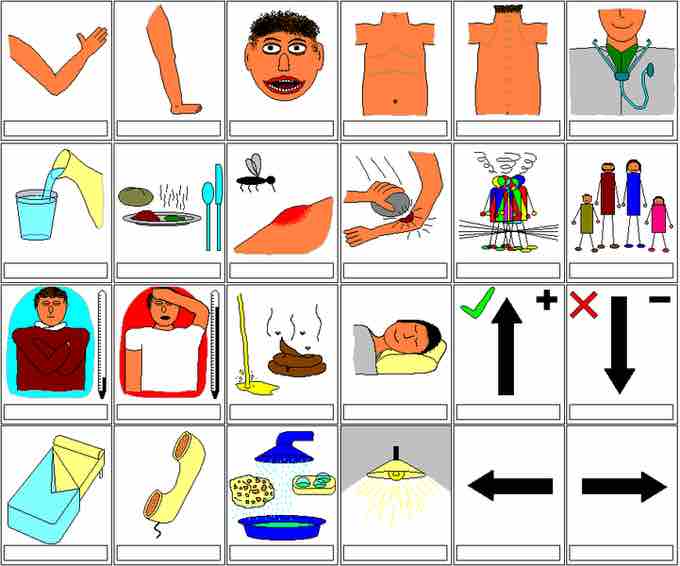Nonverbal communication is the process of sending and receiving wordless (mostly visual) messages between people. Oral and written communication has nonverbal elements that can reinforce or contradict what is being expressed verbally. Messages can be communicated through gestures and touch, by body language or posture, or by facial expression and eye contact. Speech also contains nonverbal elements, known as paralanguage, that include voice quality, rate, pitch, volume, and speaking style, as well prosodic features such as rhythm, intonation, and stress.
Likewise, written texts have nonverbal elements such as handwriting style, spatial arrangement of words, or the physical layout of a page. However, much of the study of nonverbal communication has focused on face-to-face interaction, in which nonverbal cues are classified into three principal areas: environmental conditions, where communication takes place; physical characteristics of the communicators; and behaviors of communicators during interaction.

Symbol table for nonverbal communication with patients
This table is an example of images that are used to communicate in place of speech.
Nonverbal communication can enhance a spoken message through body signals. Body language contains numerous elements, including physical features (both changeable and unchangeable); gestures and signals (both conscious and unconscious); and spatial relations. The listener might perceive an unintended message if the body language conveyed by the speaker does not match the verbal message. Nonverbal communication is an important component when making a first impression with a new acquaintance or business contact. Body language, stance, and voice inflection or tone can have a stronger impact than the content of an initial communication itself.
Nonverbal communication represents two-thirds of all communication. For this reason, learning to identify and read nonverbal cues is an important communication skill. While listening, try to observe the speaker's posture, clothing, gestures, and eye contact. These convey information about the speaker as well as his or her message.
Posture
Posture or a person's bodily stance can communicate a variety of messages. Some of the many types of posture include: slouching, towering, legs spread, jaw thrust, shoulders forward, and arm crossing. These nonverbal behaviors can indicate feelings and attitudes toward another person. Posture can be used to determine a participant's degree of attention or involvement; the difference in status between communicators; and the level of fondness a person has for the other communicator, depending on body openness. For instance, a person who displays a forward lean or decreases a backward lean signifies positive sentiment during communication.
Clothing
Clothing is one of the most common forms of nonverbal communication. The study of clothing and other objects as a means of nonverbal communication is known as artifact or object. These studies indicate that the types of clothing an individual wears convey nonverbal clues about personality, background and financial status, and how others will respond. An individual's clothing style can demonstrate level of confidence, cultural origin or preference, interests, age, level of authority, values and beliefs.
Gestures
Gestures may be made with the hands, arms, or body and also include movements of the head, face, and eyes, such as winking, nodding, or eye-rolling. Facial expressions, more than anything, serve as a practical means of communication. With all the various muscles that precisely control mouth, lips, eyes, nose, forehead, and jaw, human faces are estimated to be capable of more than ten thousand different expressions. This versatility makes nonverbal messages of the face extremely efficient and honest, unless they are deliberately manipulated. In addition, many emotions, including happiness, sadness, anger, fear, surprise, disgust, shame, anguish, and interest are universally recognized.
Eye Contact
When two people look at each other's eyes at the same time, they are making eye contact. It is the primary nonverbal way of indicating engagement, interest, attention, and involvement. Studies have found that people use their eyes to indicate interest. This includes frequently recognized actions of winking and movements of the eyebrows. Disinterest is highly noticeable when individuals make little or no eye contact in a social setting. Generally speaking, the longer the established eye contact between two people, the greater the intimacy levels.